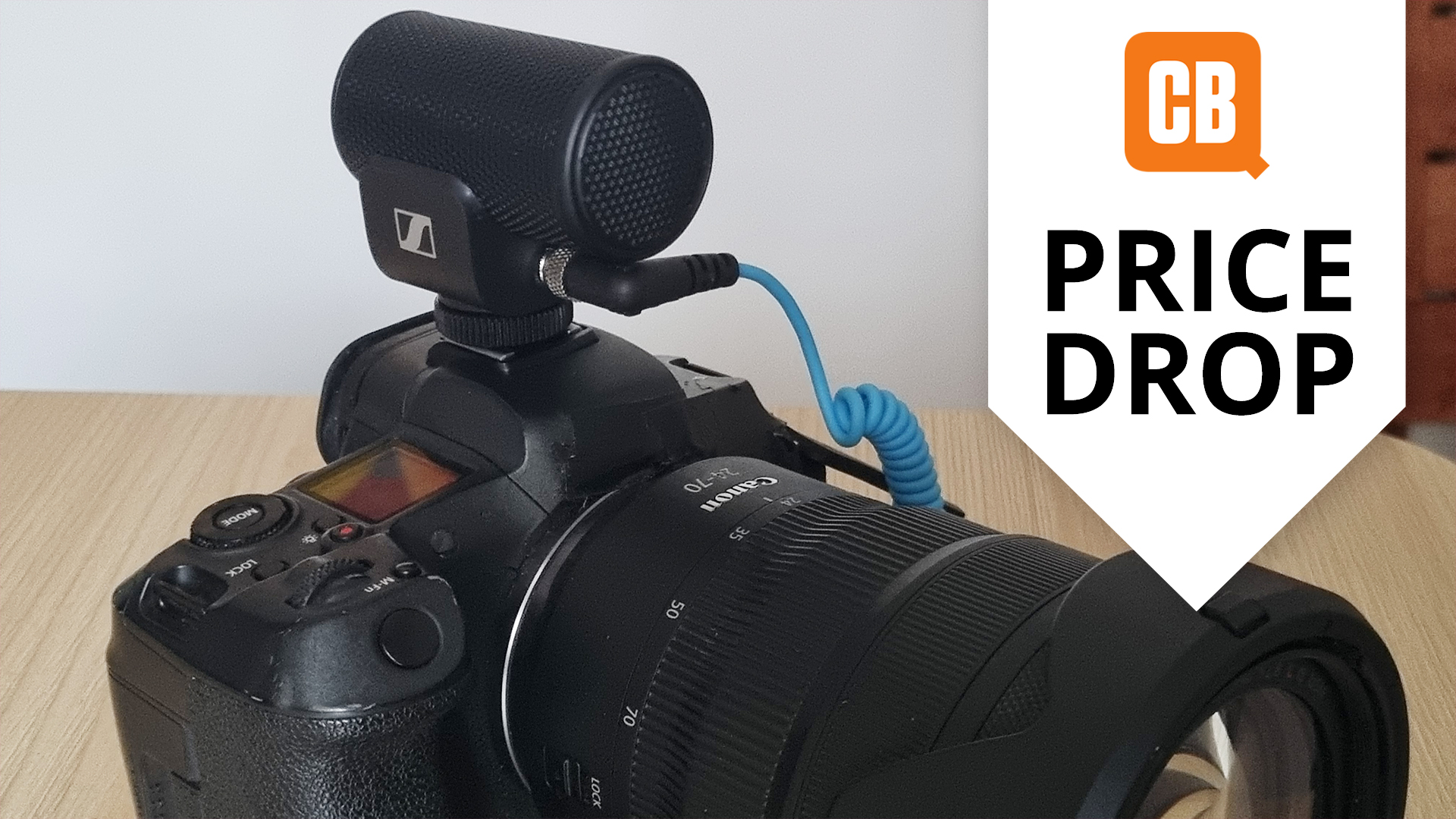The beginner's guide to making your own zines
You don't need to be a big publishing house to create your own print media. Here's how to do it yourself.
What is a zine? Wikipedia defines it as "a small circulation self-published work of original or appropriated texts and images usually reproduced via photocopier" - although the term is often used to describe any magazine aimed at a niche audience. Generally, there's some kind of hand-crafted element to its production, while the content normally draws on ideas and values not covered regularly by the mainstream media.
Zine-making a great way to both produce new and alternative works of art and design, and to collect and share existing but underappreciated work with other creatives and enthusiasts. So how do you get started? Here are some simple beginners' steps that will hopefully inspire you to get up and running with your own zines.
- Also read: These 10 brilliant indie zines prove that print's not dead
01. Choose your format
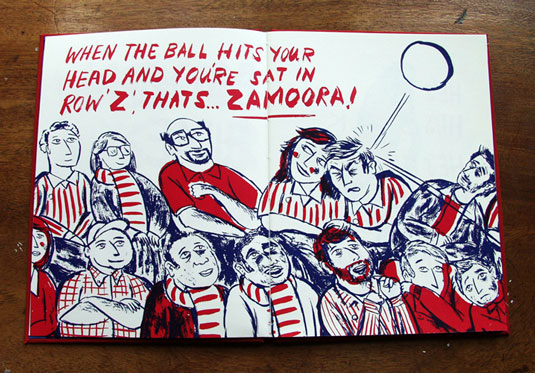
Stepping away from the conventional, mass-market methods of producing magazines gives you the freedom to be a bit more creative in the ways in which you choose to deliver art and ideas. The emphasis is on low budget, and not just for practical reasons - the creativity you show in the format often forms part of the appeal of this more personal, niche product.
Hot dog folds and photocopying are some of the most common techniques used, but try to push the boundaries: consider doing interesting things with fold-outs and innovative ways of binding, for example. You can find a range of different folding and binding techniques outlined here.
02. Decide what it's for
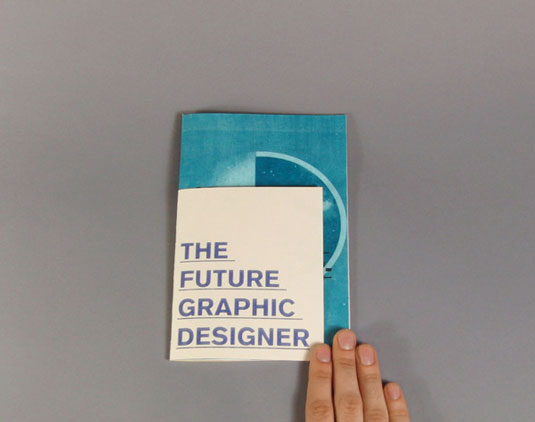
Ask yourself what you're aiming to achieve through your zine. What are the main conceptual and visual approaches that you want to bring forward and share with others? The answer to this question will help you to determine how you're going to want it to look, who you would like to work with, in terms of themes and ideas, and what you want to include. Comic strips, visual narratives, artwork, reviews, fiction - the potential list is endless, but it's best to nail it down at this early stage.
03. Pick the right name

The name of your publication is not something to be treated lightly. Once you've settled on this, it to re-group everything and become an important reference point for everything from selecting the work to formatting it. The freedom that comes with zine-making means there are no restrictions in terms of title, so let your imagination run wild to get the perfect name.
04. Build a collective

Once you've made a clear map of what you want to produce and how you want your zine to feel, think about other artists/writers and creative people who could contribute to your zine. This stage is an essential step into gaining the content you want. It's possible to do everything yourself of course, but it's a lot of work and you run the danger of everything looking and sounding a little samey.
Daily design news, reviews, how-tos and more, as picked by the editors.
Of course, the opposite can also happen: get too many people involved and your zine could end up looking like a confusing and incoherent mess. One way to square this circle could be to set a theme or one-word starting point, and collect a response in relation to it. This will ensure continuation and a flow throughout the ideas of your zine.
05. Decide your layout and order

Although there is no real right or wrong in the art of zine making, having some kind of structure is extremely helpful. So once all the content of the zine is working, get to work in planning your structure out. Like a book, create a content page, or separate the different works collected into sections - for example, ART / PHOTOGRAPHY / POETRY. This will then allow you to manage better the ways in which the information is organised, which makes life easier for both you and your readers.
06. Create a master copy
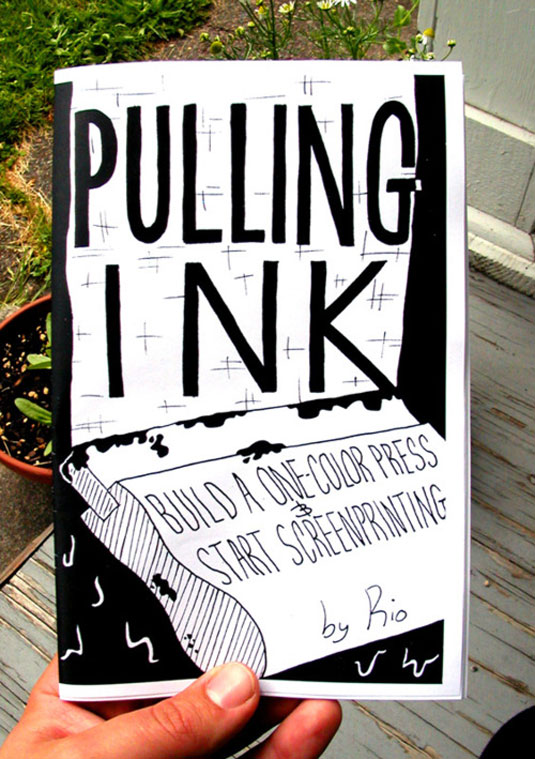
The master copy is the test piece you create before you start printing the final publication. This stage is a great time to experiment with the format/layout and typography used, the type of paper you use, and the ways in which you decide to fold and bind the pages. The final copy will often look markedly different, as the examples above and below demonstrate.
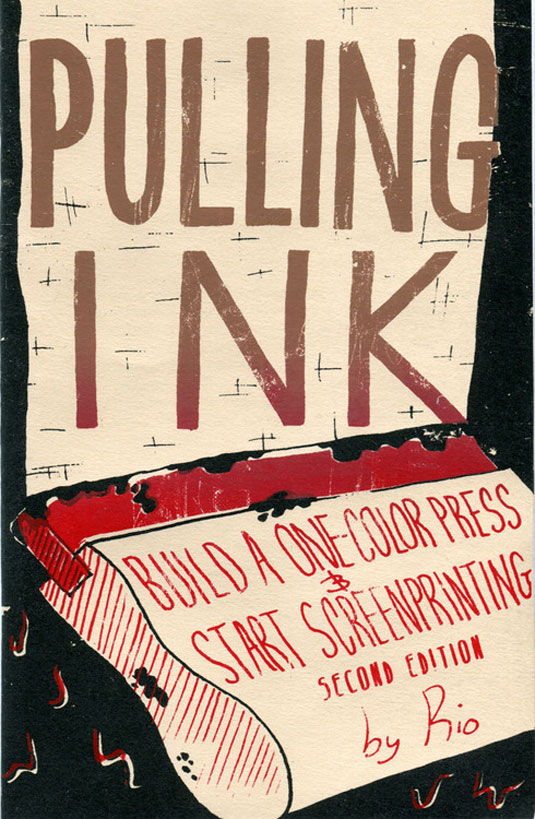
07. Crunch the numbers
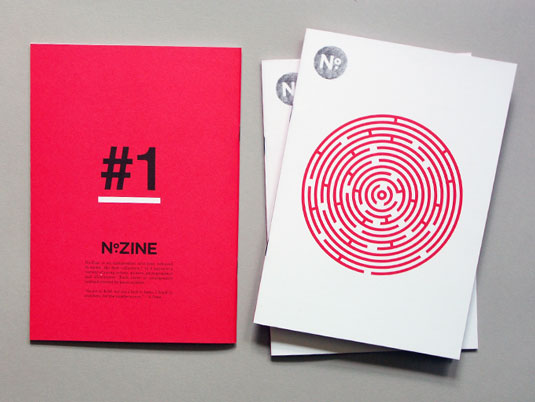
Zines are generally cheaply produce, but it's still important to determine the amount you are willing to invest. Set a budget and then calculate whether you can afford to use colour or black and white, and then how many copies you can afford to print.
Don't go ahead without crunching the numbers, or your wallet will probably end up regretting it. You'll find a rundown of the most common options for making copies of your zine in this article.
08. Get connected

You've created a zine as a way to share, exchange and communicate with others - so it's vital to get news about your zine out there. Connect with other zine makers, publishers, independent movements or platforms that will allow you to share your work both off and online. Zine-making is a worldwide, growing phenomena, opening the door to new and exciting possibilities to connect with others. Grasp them.
09. Distribution
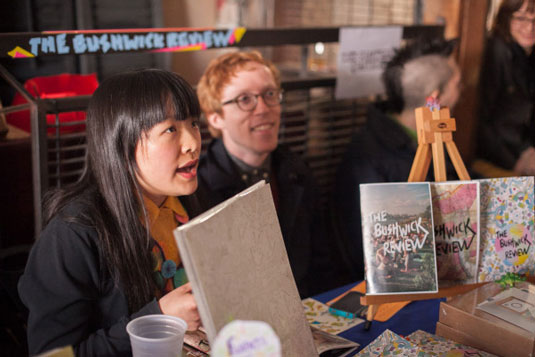
The last thing left for you to do once everything is produced, printed and promoted is to share your creation. If you've come up with a clear direction for your zine (point 2) then you should have a clear idea of who your audience is - and most importantly, where they hang out.
For example, if you're producing an music zine then you'll want to try to get it into indie record shops (sale-or-return is the typical agreement) and sell it at festivals. Or if your zine's more about art and design, then hit the design stores, art gallery shops, the 'shop' section of illustrators’ sites, blogs, and dedicated online stores like Concrete Hermit.
Also consider swapping copies with other zine publishers; going to zine fairs; giving away some (or all) copies... the more ideas you have the better. Zinebook.com has a great collection of articles about how to get your zine distributed here.
10. Get reading

Here are a couple of books that will allow you to explore further into the world of zine making and underground art movements:
Whatcha Mean, What's a Zine?
This book by Esther Watson is for anyone who wants to create their own zine. It features tips and tricks from contributors who have been at the forefront of the zine movement.
Girl Zines: Making Media, Doing Feminism
With names like The East Village Inky, Mend My Dress and Dear Stepdad, zines created by girls and women over the past two decades make modern feminism visible. Girl Zines is the first book-length exploration of this exciting movement.
Finally, watch this video and get ready to be inspired!
Words: Meryem Meg
Liked this? Read these!
- Download the best free fonts
- Free tattoo fonts for designers
- Our favourite web fonts - and they don't cost a penny
Have you created a zine? Tell us about it in the comments below!

Thank you for reading 5 articles this month* Join now for unlimited access
Enjoy your first month for just £1 / $1 / €1
*Read 5 free articles per month without a subscription

Join now for unlimited access
Try first month for just £1 / $1 / €1

The Creative Bloq team is made up of a group of art and design enthusiasts, and has changed and evolved since Creative Bloq began back in 2012. The current website team consists of eight full-time members of staff: Editor Georgia Coggan, Deputy Editor Rosie Hilder, Ecommerce Editor Beren Neale, Senior News Editor Daniel Piper, Editor, Digital Art and 3D Ian Dean, Tech Reviews Editor Erlingur Einarsson, Ecommerce Writer Beth Nicholls and Staff Writer Natalie Fear, as well as a roster of freelancers from around the world. The ImagineFX magazine team also pitch in, ensuring that content from leading digital art publication ImagineFX is represented on Creative Bloq.
